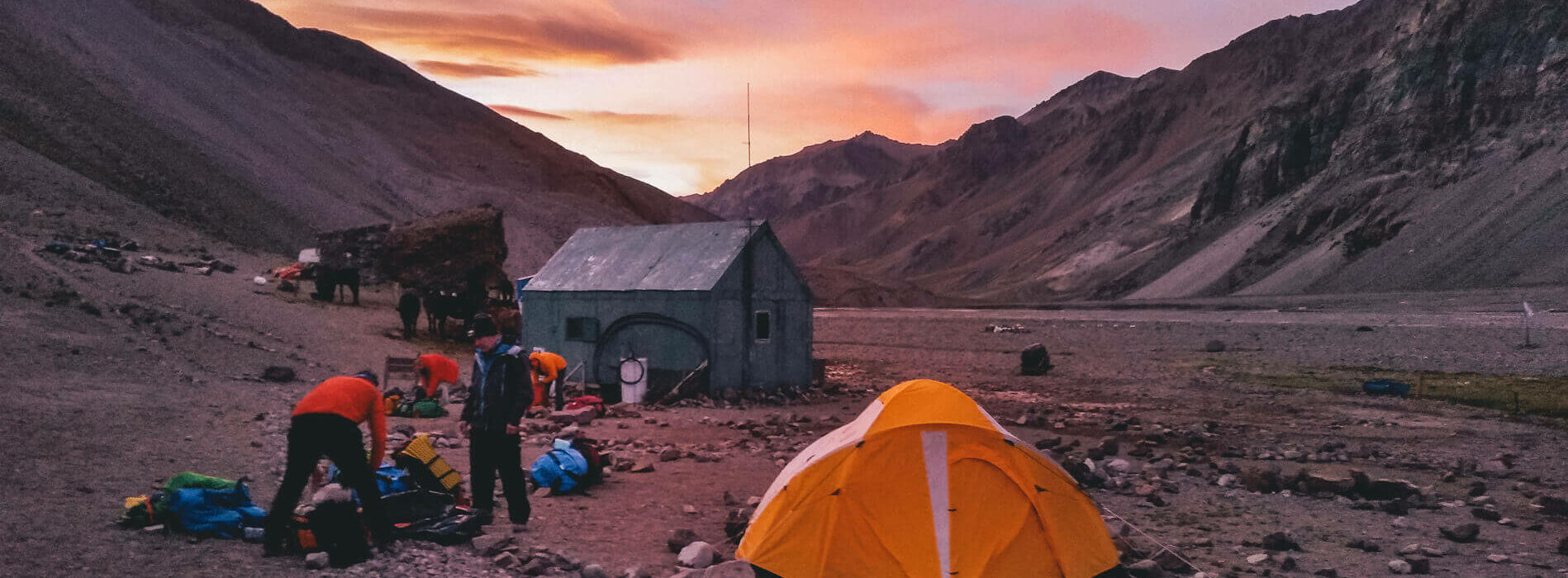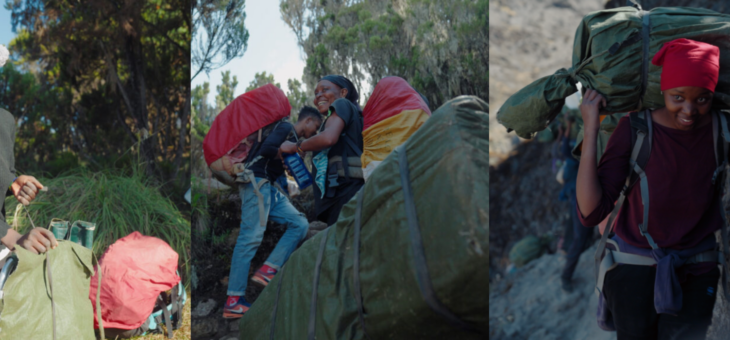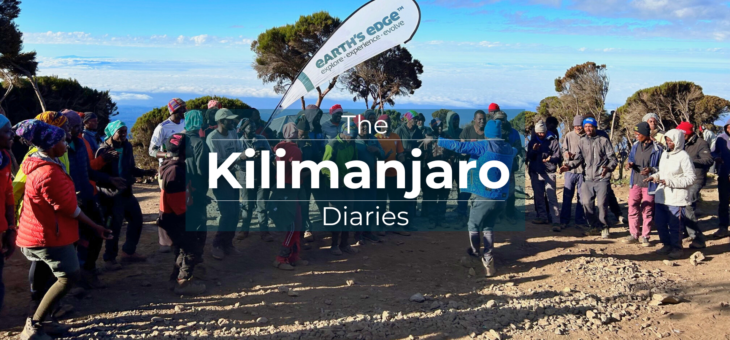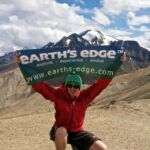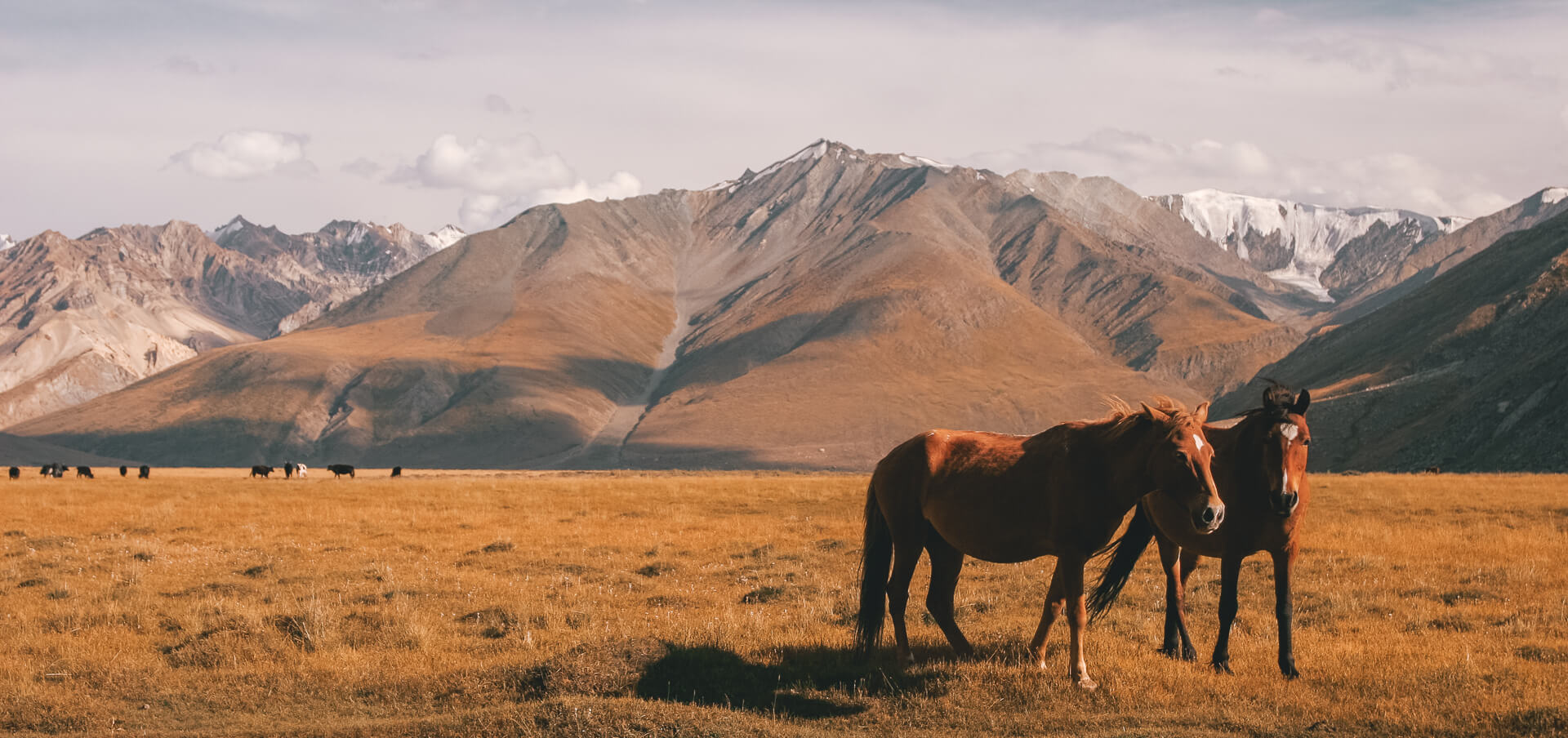About Jam: James McManus (aka Jam) owns and runs Earth’s Edge. He has over 20 years’ experience and leads many expeditions to altitude each year. Sun protection at altitude is a key component in mountaineering, as well as dust and cold air protection.
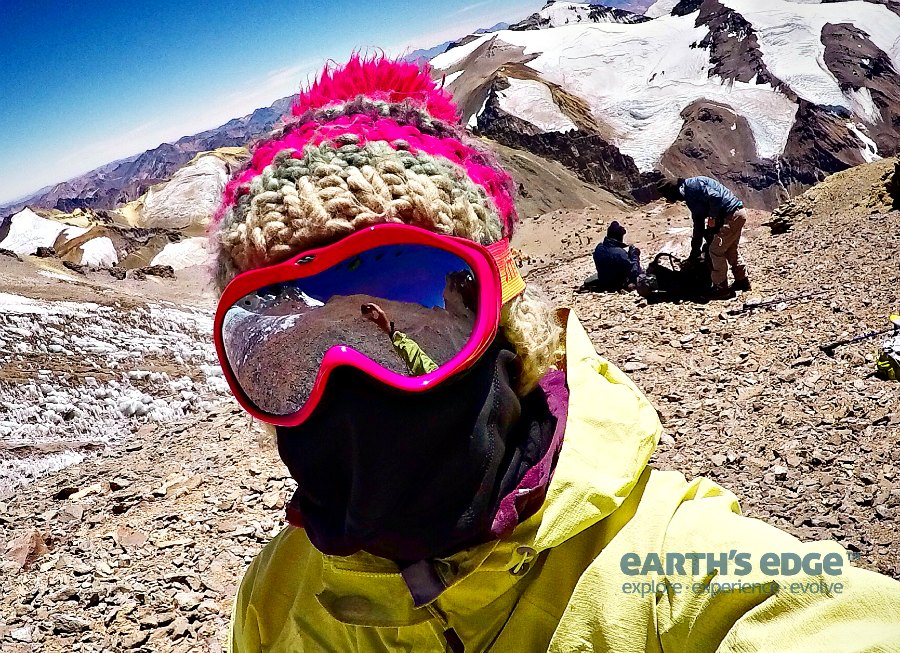
When our social media guru Micheál asked me to write an article on dust, cold air and sun projection, I wasn’t sure people would find it an interesting topic! However, the more I thought about it, the more I felt it was an important topic to cover. Unfortunately, too many people don’t get this aspect of mountaineering right and it results in them not achieving their goals. This is especially true on mountains and treks which can become very dusty and dry such as Kilimanjaro, Stok Kangri, Everest Base Camp and Aconcagua.
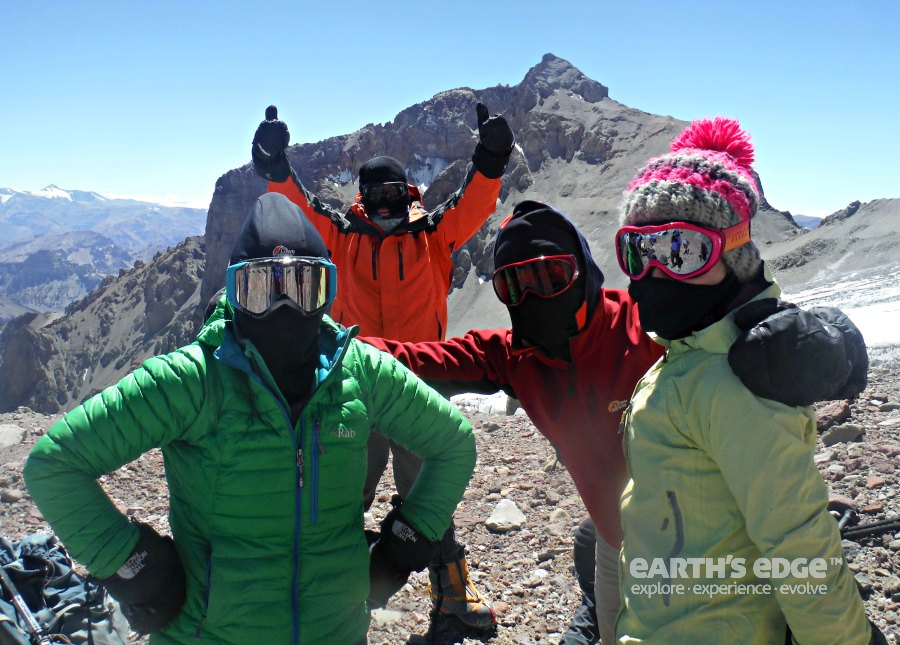
Discipline vs pushing yourself
For me the key to high altitude mountaineering is not how hard you can push yourself on summit day, it’s how disciplined you can be in the days leading up to summit day. As you often hear sports coaches talk about mid-season games “we can’t win the league today but we can lose it”. The same goes for mountaineering – if you don’t look after yourself and get badly burnt or develop a high-altitude cough on the lead up to summit day, it drastically affects your chances of success. Actually, scratch that, it basically means you won’t summit.
Sun protection at altitude
The higher you ascend from sea-level, the colder it gets. So, above 2,000m it can be sunny and often doesn’t feel that cold. However, the higher you climb, the closer you get to the sun. The sun’s rays are stronger which reduces the amount of time it takes for your skin to burn. Another thing to remember is exposing your skin to the sun gives you melanoma. I know, who knew ??! But seriously most of you reading this are Irish, some of you may even be ginger like me. We are not supposed to have a tan, accept that! You are beautiful the way you are and the tan will be gone two weeks after you get home anyway!
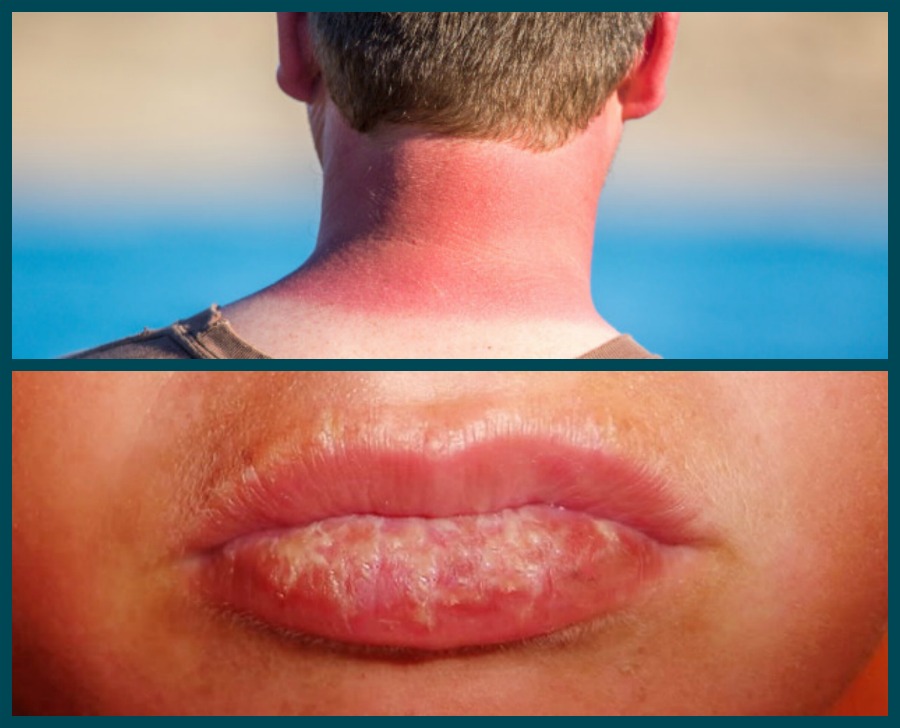
Use your bandana!
I see it all too often with people telling me they have sun cream on or they don’t like covering their nose and mouth with a bandana because it’s too hot. Well, I say, “suck it up”. The alternative is much worse. If you get badly burnt, you will be uncomfortable and you won’t sleep as well as you should. Long periods of sleep and rest are essential at high altitude. Burnt lips are particularly common and extremely uncomfortable too.
I recommend keeping all your skin covered for the entire time you are walking. If you do insist on exposing your skin to the sun, use a quality sunscreen with an SPF of at least 30, 50 is ideal. You also need to have a lip balm with SPF in it too.
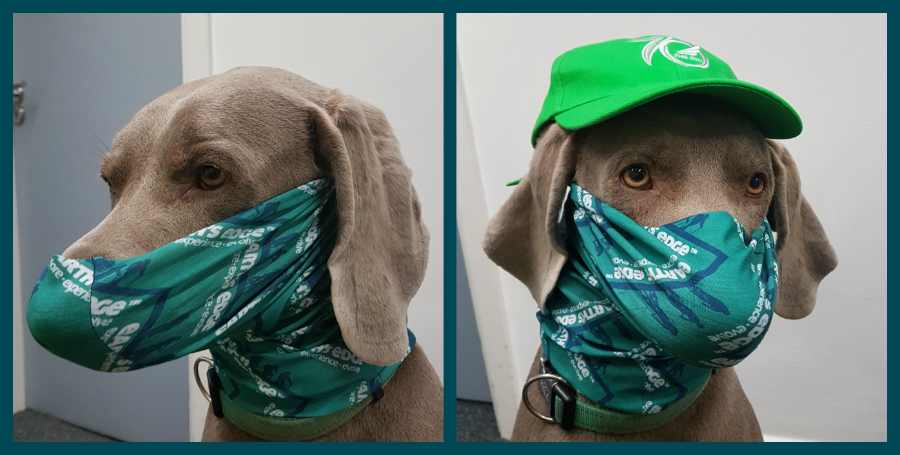
A big thanks to Johnjoe who offered to take time out of his busy schedule to model for this article. Above, he is showing you the best way to keep yourself fully projected from the sun. If you combine the bandana and the hat you are sorted.
Cold air protection at altitude
Equally important is protecting your airway from the colder and drier air at high altitude. A high altitude cough (a.k.a Khumbu Cough) is very common amongst climbers ascending over 4,000m. Basically, the lungs can become damaged when you overexert yourself in extremely cold and dry air. This results in a dry “hack” cough which is very uncomfortable and prevents you from sleeping in many cases.
If you don’t sleep well you won’t have the energy to summit. Rather than reading vast numbers of medical papers about high altitude cough and how it develops, I suggest you focus on what you can do to prevent it from happening. During the day, its most important to wear a bandana (or above 7,000m – a mask) that will heat and moisturise the air before it reaches your lungs.
When sleeping at night in sub-zero conditions it’s also important to use a bandana to cover your mouth, again to warm the air as you breathe it in. Covering your airway during the day can be very uncomfortable, especially when it’s hot but please don’t learn the hard way that the alternative is much worse.
What about Sunbeaks?
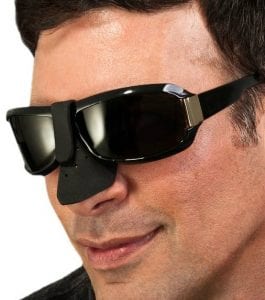
In relation to sun projection you sometimes see people fashion homemade beaks for the sun! Although they look super cool and have long been predicted to become a major trend for everyday use at low altitude, they do not work on snow! So that rules them out for any mountain really as you can get a dump of snow on ‘drier’ mountains like Kilimanjaro and Stok Kangri too!
The reason being is the sun reflects off the snow and burns the inside of your nostrils, which yes you guessed it, is extremely painful!
In summary, high altitude mountaineering is all about your attention to detail and controlling the controllables. Poor protection from the sun, dust and cold air results in many strong climbers not achieving their goals. Please don’t let it happen to you!
If you have any questions or would like more intel on this, drop me an email,
Jam – jam@earths-edge.com
